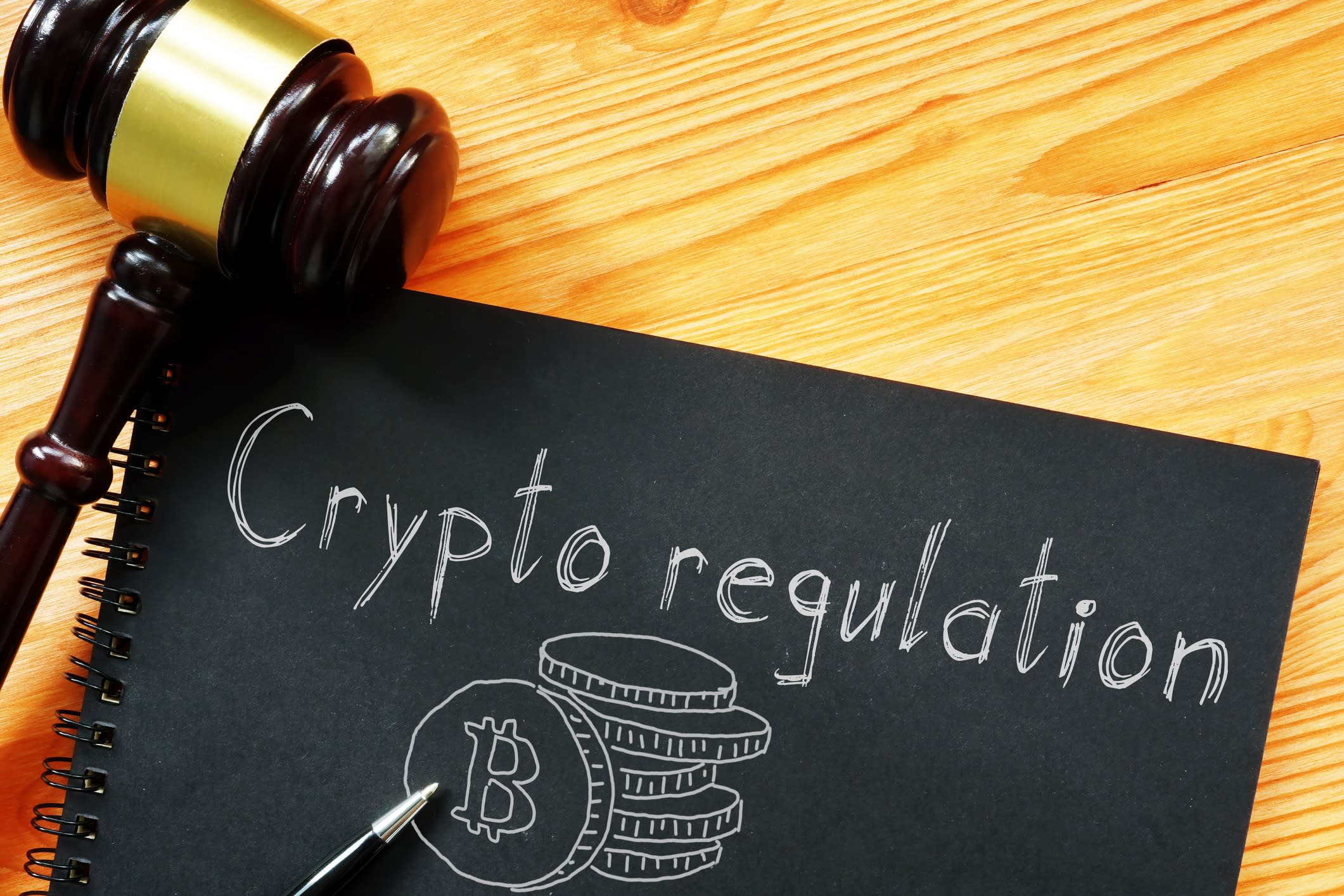Labelled the crypto winter, the cryptocurrency market went through a rollercoaster ride last year. In 2021, riding on the crypto frenzy wave, the poster boy of the crypto industry, Bitcoin, soared to an all-time high of US$65,000 in November 2021, but then plummeted to a low of US$15,869 one year later.
-
Nafis Alam
Professor and Head, School of Business, Monash University Malaysia
The November 2022 collapse of cryptocurrency exchange FTX made a further dent in the crypto industry, exposing the vulnerability in dealing with cryptocurrencies and engaging with digital asset exchanges (DAXs).
The irony is that FTX wasn't a small player in the crypto market, and was popular among investors, venture capitalists, politicians, and even in the regulatory space.
Its collapse sent a strong signal to crypto enthusiasts - if FTX can collapse, all other DAXs could be vulnerable.
In fact, FTX was the 11thth in a series of 2022 crypto shakeouts, and it's continued to happen, with the March 2023 collapse of Miami and New York's crypto Citycoins.
This will further dent the confidence of crypto enthusiasts and innovators, causing more DAXs to lose customers and the trust they built over years.
On the positive side, the collapses have again woken the regulators, and better regulation is now underway.
The European Central Bank (ECB) and Federal Reserve regulators long broadcasted the importance of strong regulations for the crypto market.
ECB noted that crypto assets comprise only about 1% of the total global financial asset, which is still more than sub-prime mortgages. But if left unregulated, they can wreak havoc and potentially lead to financial stability risks.
To avoid that, the ECB has finalised legislation, Regulation of Markets in Crypto-Assets (MiCA), which is expected to come into effect in 2024, and will harmonise the regulatory approach across the European Union (EU).
The Federal Reserve Board also warned member banks that it intends to prohibit cryptocurrency banking activity to avoid banks being exposed to crypto risk.
Regulators are not here to stifle crypto innovation, but rather to let them develop in a protected ecosystem. In fact, the Federal Reserve Board's Vice-President, Michael Barr, noted that digital assets specialists are needed to "help us learn from new developments and make sure we're up to date on innovation in this sector".
Regulators are taking prudent measures to avoid crypto risk being transmitted to a larger part of the economy. For instance, the Federal Reserve Board warned member banks that it intends to prohibit a large portion of cryptocurrency banking activity presumptively.
The FRB prohibits member banks from holding most crypto assets. Banks that want to use dollar tokens must prove certain security measures and receive formal approval before their use in banking transactions.
In the United Kingdom, NatWest and other large UK banks have imposed limits on how much money can flow to and from crypto exchanges.
Crypto regulations can be ambiguous
The Securities and Exchange Commission (SEC) has put leading crypto exchange Coinbase on notice for breaking securities laws. Coinbase was once approved by the same SEC to go public in 2021, having deeply reviewed its operation.
Unfortunately, we haven't seen unified crypto regulations emerge in the 13 years of its existence.

The challenge is to impose regulatory standards on the nature of crypto while creating a safe environment for crypto-lovers.
But regulators need to be careful to not implement extreme solutions that discourage innovation, such as digital currency or tokens. More restrictions on banks dealing with cryptocurrency means it will be difficult for the DAXs to keep customers' crypto holdings safe.
While at one end we want to make the crypto economy sound, vibrant and safe, tighter regulations are also making crypto players move from a regulated system to offshore locations, where keeping an eye on crypto investment will be a challenge.
The million-dollar question is what will happen to the crypto industry next.
This will be the year of reset and regulation of the crypto industry. Regulators must make a unified and coordinated effort to safeguard the crypto ecosystem.
No doubt, crypto is here to stay, but with increased regulation it will be less volatile, less speculative, and more attractive as an alternative financial asset.
Regulation will keep the FTX saga from happening again. There will be further innovation in the token market ,and more focus on stablecoins than cryptocurrencies. Not to forget, the hype surrounding the Central Bank Digital Currency (CBDC) is an offshoot of crypto technology.
DAXs will come under more scrutiny, prompting people to hold their investments for longer and bringing price stability to the market.
I anticipate Bitcoin to trade in the range of US$25-30k.
A few weeks ago, my prediction was half that, but due to recent banking turmoils, many investors and speculators would be keen to invest in crypto, giving a much-needed sustained lifeline to the industry.
Precise and progressive regulation will polish the industry more and pave the way for crypto spring. The crypto players need to improve transparency, build trust, reduce or remove bad actors, and implement robust risk management practices at crypto exchanges so investors and regulators feel safe about the crypto economy.
Risk Warning: Cryptocurrency is a unregulated virtual notoriously volatile instrument with a high level of risk. Any news, opinions, research, data, or other information contained within this website is provided for news reporting purposes as general market commentary and does not constitute investment or trading advice.






